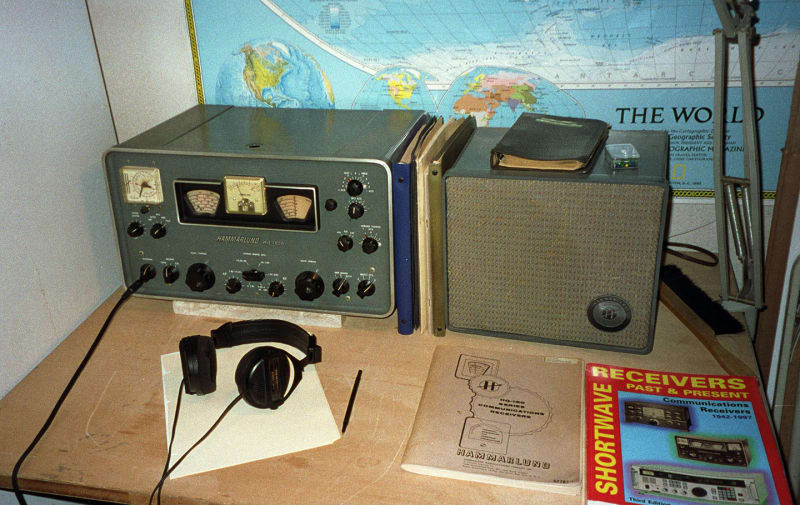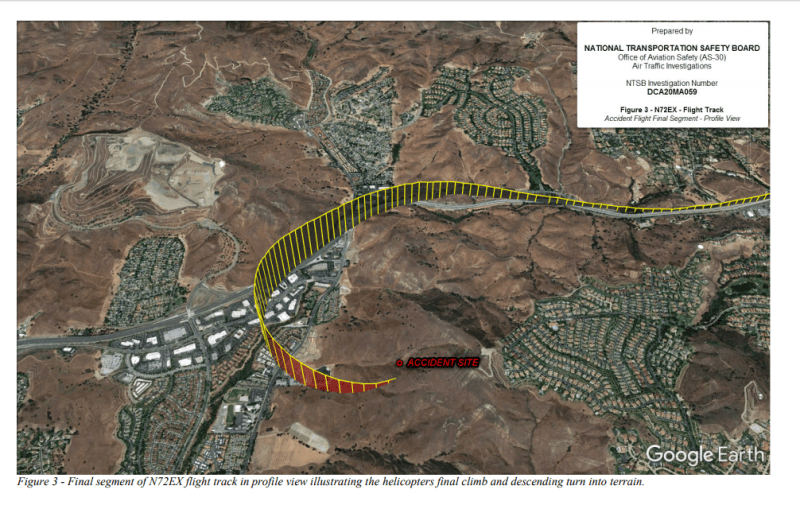MacGyverS2000
Electrical
Anyone heard any technical details on the cause yet?
Dan - Owner

Dan - Owner

Follow along with the video below to see how to install our site as a web app on your home screen.
Note: This feature may not be available in some browsers.


hacksaw said:Fair enough, but the trace shows several right turns, early on, but in the final moments a left turn, and claim of rapid rate of climb.
So the question is why would a chopper try to turn left, when that is not an allowable flight path, and show climbing trajectory when no trained pilot would do that.

